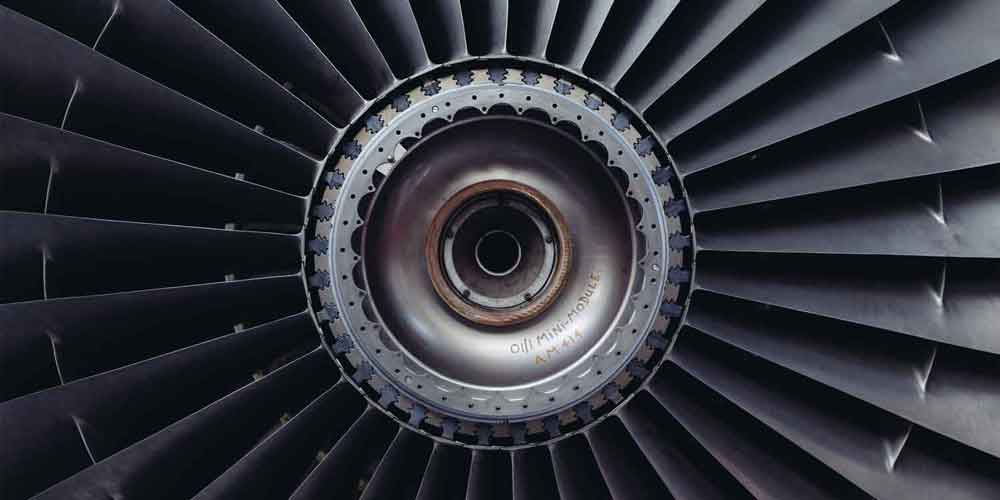Overview
Creep is the process in which metals slowly deform under long-term stress. And this stress is less than the tensile strength and yield strength of the material. As shown below:
Creep is a performance problem that all metals experience. In some applications (such as aerospace), parts need to work under high temperature stress for long periods of time. In this case, if the creep strength of the alloy is relatively low, the entire application is likely to fail.

In this article, we will study the whole creep process in detail, and the influence of different factors on the creep process. This allows us to better control the life cycle of the parts in the actual project.
The figure below shows the relationship between creep and time. You can drag the time axis to observe different changes in the creep phenomenon.
The Relationship Between Creep and Time
As can be seen from the above figure, the entire creep process can be divided into three stages.
The first stage is the deceleration stage, the second stage is the steady state stage, and the third stage is the acceleration stage.
Below, we will analyze the causes of the three stages of creep and the factors that affect them.
The First Stage of Creep: Deceleration Stage
When the stress first acts on the material, there is a momentary deformation. But the rate of this deformation decreases rapidly. The main reasons for this phenomenon are as follows:
At the moment when the stress contacts the alloy, the stress is greater than the reaction force of the alloy and causes a transient deformation (this deformation can be recovered). After that, the stress and the reaction force of the alloy gradually reach equilibrium, so that the deformation rate of the alloy decreases to a stable state. You can refer to the diagram below:
The Process of First Stage
The Second Stage of Creep: Steady State Creep
Steady state creep is also called linear creep. At this stage, the creep rate is in a relatively stable state. The main reason for this phenomenon is: The alloy develops work hardening during deformation, and this hardening prevents stress from accelerating deformation in a short period of time.
During the steady state creep stage, different stresses and temperatures also have an effect on the creep rate. The higher the stress, the higher the creep rate. The higher the temperature, the greater the creep rate.
When the stress and temperature reach a critical value, the second stage of creep is skipped. The creep rate will increase sharply. lead to fracture of the material.
In order to avoid this as much as possible, we must understand which alloys can sustain lower creep rates at higher stresses and higher temperatures. This can help us to better select materials for different applications.
As described in the previous article, the deformation is mainly due to the movement of dislocations between metal atoms. The ability of different types of alloys to resist dislocation movement is different. We will discuss them separately below.
Solid Solution Strengthened Alloy
Solid solution strengthened alloys resist dislocation motion by dissolving other metal elements. These metal elements are the key to improving creep strength. Experiments have shown that the higher the melting point of the metal element dissolved into the matrix, the stronger the ability of the alloy to resist creep. For example, tungsten is generally added to the Hastelloy series. This will effectively improve the creep strength of the alloy.
Precipitation Strengthened Alloy
Precipitation strengthened alloys hinder dislocation movement by the phase difference of the precipitation strengthened phases. In fact, the creep strength of this alloy itself is higher than that of the solid solution strengthened alloy. The amount of precipitation strengthening phase also determines the ability of the alloy to resist creep.
The Third Stage of Creep: Accelerated Creep
When the creep enters the third stage, the creep rate gradually increases and eventually leads to fracture.
The main reason for this fracture is that the microstructure of the alloy is damaged, and this damage is irreversible. If the alloy itself has cracks, the material will break faster.
Studies have shown that in the third stage of creep, the time to fracture is proportional to the time at which the third stage begins. The fracture time can be further extended if grain growth or structural changes occur in the alloy in the third stage.
The Relationship Between Fracture Time and the Time the Third Stage Begins
In addition, the fracture time is also related to the rate of steady state creep. The slower the rate of steady state creep, the longer the fracture time. The graph below shows the relationship between fracture time and steady state creep rate.
The Relationship Between Fracture Time and Steady State Creep Rate
The fracture time is also directly related to the stress. The higher the stress, the shorter the fracture time.
Finally, the higher the temperature, the shorter the fracture time of the material.
The Relationship Between Fracture Time and Temperature
Conclusion
Creep is a phenomenon in which a material is deformed under the action of a stress lower than the tensile strength and yield strength for a long time.
Generally speaking, creep is divided into three stages: deceleration creep, steady state creep and accelerated creep.
Creep time and fracture time are related to the magnitude of stress, temperature and the properties of the material itself.
When the stress and temperature reach critical values, creep skips the second stage and directly accelerates the material until fracture. Therefore, how to prolong the stage of steady state creep as much as possible becomes a crucial issue.
We supply superalloys with high creep strength. We promise that our alloys are free of cracks and can extend the creep time to a greater extent. If you have needs, please contact us.

